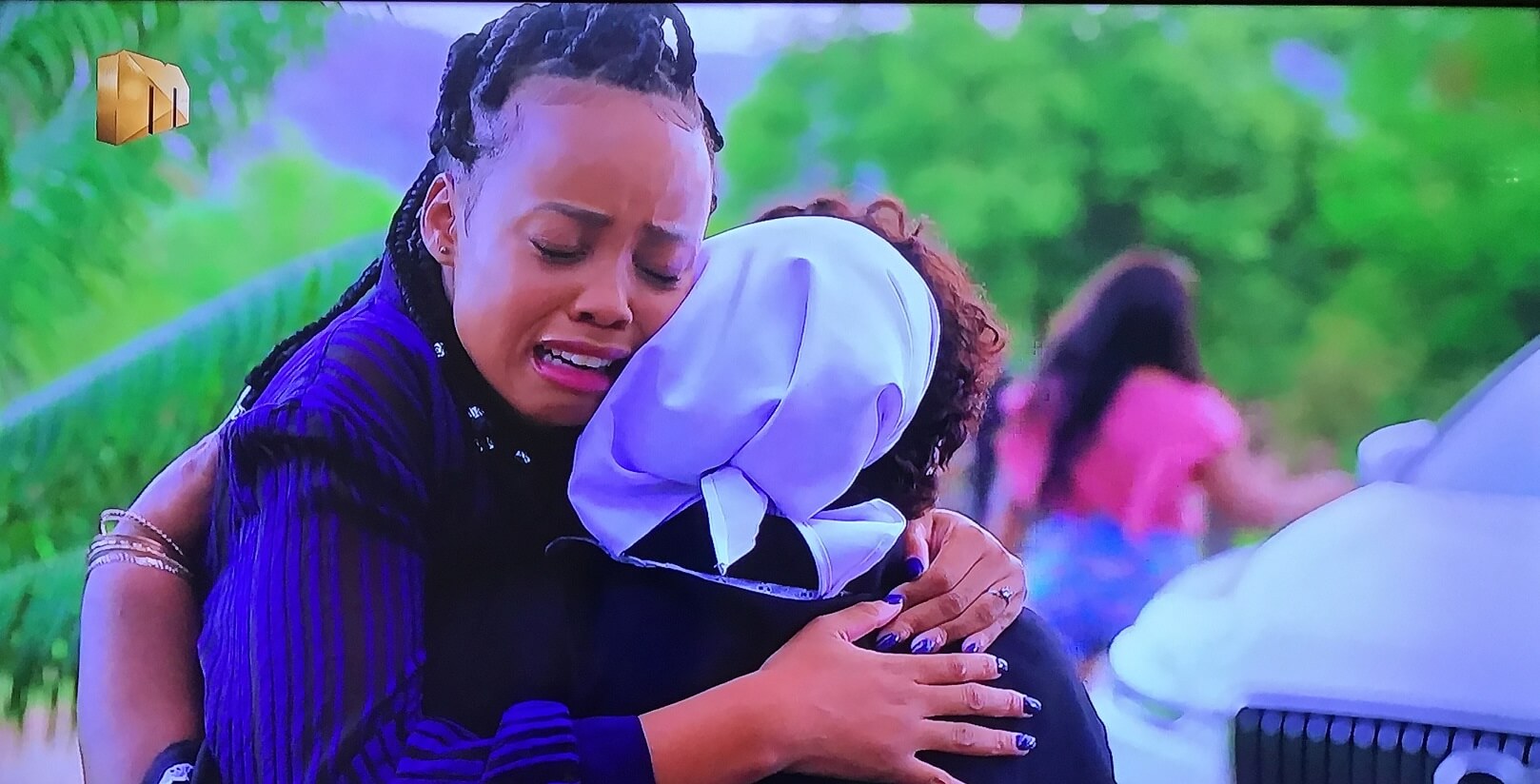Puerto Rico had unique heritage of “bomba” and “plena”, that percussionist Rafael Cortijo, commander of a conjunto since 1954, have put trumpets and saxophones (El Bombon De Elena). Their conjunto along with his husky vocalist Ismael Rivera (El Nazareno, Quitate de los angeles thru Perico), well known for any improvised call-and-response vocals regarding  the “sonero” traditions, harked back again to the African roots of Caribbean sounds with no distinction between styles. El Gran Combo, created by pianist Rafael Ithier, persisted Cortijo’s mission in a lighter vein, with Los Angeles Muerte (1962) and Ojos Chinos (1964).
the “sonero” traditions, harked back again to the African roots of Caribbean sounds with no distinction between styles. El Gran Combo, created by pianist Rafael Ithier, persisted Cortijo’s mission in a lighter vein, with Los Angeles Muerte (1962) and Ojos Chinos (1964).
In Puerto Rico salsa can called “guaguanco”, a phrase that initially referred to a type of rumba dancing
In the sixties, the bomba-son crossbreed attained the Puertorican colony in ny. Right here, the son used the format of this big band, like in Jimmy Sabater’s Salsa y Bembe (1962) and vibraphonist Cal Tjader’s Salsa del Alma (1964).
The Cuban expatriates that moved in nyc contributed considerably to your assimilation on the category for the US lifestyle: vocalist Celia Cruz (Burundanaga, 1956; Yerbero Moderno, 1956), flutist Jose-Antonio Fajardo (La Charanga), flashy congueros Candido Camero and Ramon “Mongo” Santamaria (Mazacote, 1958; Afro azure, 1959; Herbie Hancock’s Watermelon guy, 1963), violinist Felix “Pupi” Legarreta, whom fused charanga and jazz on Salsa aria, whom found its way to ny in 1950, settled tribute to his Cuban origins on Yambu (1958) and Mongo (1959), that were done with other Latin percussionists.
The progression of child continuous in nyc via Dominican flutist Johnny Pacheco, leader associated with the quintessential charanga (featuring vocalist Pete “El Conde” Rodriguez) but also the frontrunner of the “Africanization” associated with the charanga (arrangements limited to trumpets, guitar and percussion), nyc’s pianist Charlie Palmieri, whom established in 1959 the influential charanga Duboney (four violins and Pacheco on flute), ny’s pianist Eddie Palmieri, whom in 1962 developed “trombanga”, an audio considering two trombones and a flute (in replacement for the charanga sounds), nyc’s percussionist Ernesto “Tito” Puente (Oye Como Va, 1962), nyc’s drummer Ray Barretto, just who tried rhythm’n’blues and jazz, Puertorican bongo pro Roberto Roena (Mi Desengano, 1976). They all entered more into jazz and beat’n’blues. Significant records put Puente’s Dance Mania (1958), Pablo “Tito” Rodriguez’s West Side Beat (1961), Bobby Valentin’s Ritmo Pa Goza (1966), Eddie Palmieri’s Lo Que Traigo Es Sabroso (1964) and Superimposition (1969), Barretto’s Acid (1967) additionally the Message (1972), Cortijo’s Maquina de Tiempo (1974). Latin New York in addition secreted the boogaloo, a fusion of black spirit songs and also the Cuban mambo, like in Eddie Palmieri’s Ay Qye Rico (1968). Unique York-born Willie Colon, initially a trombonist, was one major Puertorican celebrity, his band with his artist Hector Lavoe effective at albums instance El Malo (1967) and El Bueno, El Malo y El Feo (1975), aside from the classics Che Che Cole (1969) and Gitana (1984).
A key event in 1967 was actually the fulfilling between Puertorican vocalist Ismael Miranda (then nevertheless a teenager) and band of the latest York’s pianist Larry Harlow, most readily useful recorded on Abran Paso (1970). They revitalized the CUban noises for the market of stone tunes.
Salsa
In 1973 the North-American son is rebranded “salsa” for a tv special (by Izzy Sanabria of Fania information, roughly the same as Motown for Latin audio). Larry Harlow’s orchestra rediscovered the fusion of charanga violins and conjunto trumpets (with the addition of electric devices) on his milestone tracking Salsa (1974) with vocalist Junior Gonzalez. The 1976 show “Salsa” structured in nyc by tag Fania founded the trend nation-wide. Within the 1970s, the key facilities for salsa comprise ny, Miami, and Colombia.
